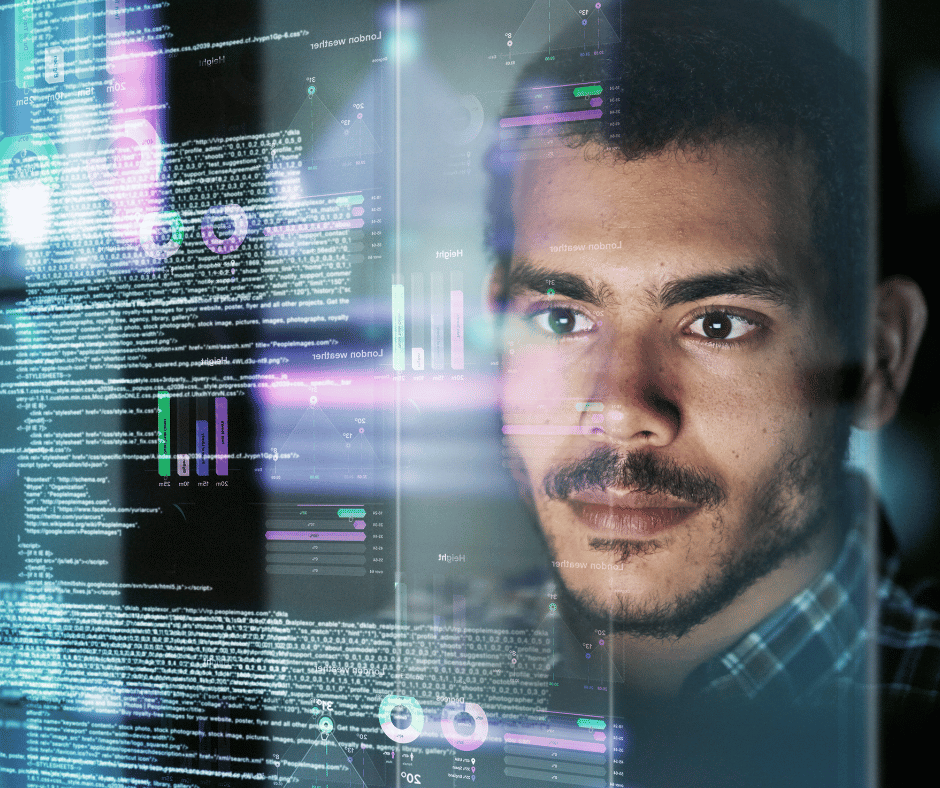A text image is transformed into a machine-readable text format by a technique called optical character recognition (OCR). Your computer stores the picture file when you scan something, like a receipt or a form. The words in the image file cannot be rewritten with a text editor, searched for, or counted. Nevertheless, you may utilize OCR to turn the image into a text document and store its content as text data.
In an era dominated by digitized content and information, the ability to efficiently and accurately extract text from various sources has become paramount. Optical Character Recognition (OCR) technology has emerged as a game-changer in this regard, revolutionizing the way we interact with printed and handwritten text. From improving accessibility to boosting productivity across industries, OCR Reader offers a myriad of advantages that significantly enhance text utilization.
Optical Character Recognition (OCR): A Basic Introduction
Printing or handwriting text can be transformed into machine-readable text using an optical character recognition method. It entails the use of complex algorithms and pattern recognition techniques to recognize and extract certain letters, words, and sentences from scanned documents, photos, or even live video streams. OCR systems are very adaptable text extraction tools because they can detect a variety of typefaces, languages, and writing styles.
How Significant is OCR?
Getting information from print media is a common step in corporate procedures. Business operations involve using printed contracts, invoices, scanned legal documents, and paper forms. The time and space needed to store and manage these massive amounts of paper are considerable. The best approach to document management is paperless, yet scanning a document into an image has several difficulties. It can be time-consuming and laborious because the process calls for manual involvement.
Increased Availability
OCR technology’s contribution to improving accessibility for those with visual impairments or reading disabilities is among its most significant effects. OCR translates printed materials into digital text so that screen readers and other assistive technology may understand and vocalize the content, making information more accessible to persons who might otherwise find it difficult to access. This encourages inclusion and equitable access to information by enabling persons with disabilities to interact on their own with a range of materials, including books and crucial documents.
Optimizing Indexing and Search
Finding a specific piece of information the old-fashioned way, by manually looking through actual papers or photos, may be tedious and time-consuming. By making text-based searches within digital documents possible, OCR technology completely changes the experience. OCR allows for the indexing and searching of keywords, phrases, and specific information across huge volumes of documents by transforming scanned images into machine-readable text. Any field that requires speedy and accurate information retrieval will benefit greatly from this capability, including research, law, journalism, and other related areas.
Developments in Multilingual OCR
The demand for multilingual OCR solutions has increased significantly as the globe gets more connected. Cross-cultural interaction and collaboration are made easier by the ability of modern OCR technology to recognize and process text in other languages. Researchers and scholars who work with materials in several languages as well as enterprises that operate on international marketplaces will find this to be very useful.
Increasing the Efficiency of Data Entry and Managing Documents
The effectiveness of document management and data input operations is crucial in the corporate sector. By automating the transformation of printed documents into digital formats, OCR considerably speeds up these activities. In addition to removing the need for manual data entry, this also lowers the chance of human error, assuring greater accuracy in the collection of data. Businesses can increase the effectiveness of their workflows, save operating expenses, and preserve higher-quality data as a result.
Maintaining Historical and Cultural Artifacts
The delicate yet essential task of preserving historical writings, manuscripts, and cultural relics. OCR is crucial to the digitization of these materials since it helps to preserve their physical integrity while making their content accessible. OCR helps preserve cultural material for future generations by digitizing deteriorating and fragile manuscripts. Digital archives also make it simple to reproduce and transfer information, lowering the chance of data loss from unplanned circumstances.
Various Difficulties And Upcoming Changes
Despite significant advancements, there are still problems with OCR technology. Even now, it might be difficult to recognize handwritten text, particularly when it uses different handwriting styles. It also necessitates continuous algorithm and training data improvement to guarantee the accuracy of OCR outputs, especially in complicated layouts.
In the future, it is anticipated that OCR technology will advance further. OCR systems may become more adaptable, precise, and effective with the incorporation of artificial intelligence and machine learning methods. In addition, OCR may discover creative uses in cutting-edge technologies like augmented reality and smart glasses, significantly influencing how we interact with and use text.
Conclusion
There is no denying the benefits of OCR readers, which have revolutionized how we extract, use, and engage with text in a variety of scenarios. OCR technology has changed text usage, improving access to information for people with disabilities, business operations, the preservation of historical relics, and search efficiency. As this technology develops, it can transform entire industries and create new opportunities for interaction and cooperation in a world that is becoming more and more digital.







